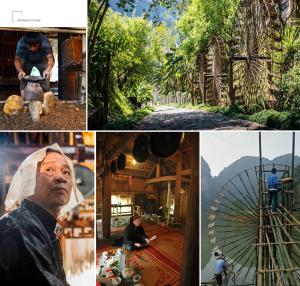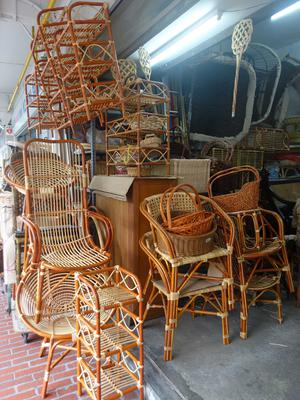It is an element of the Intangible Cultural Heritage deeply rooted in more than 150 communities in the northern and central coastal region of the country, in most cases located in front of the Caribbean Sea, at the foot of the Coastal Mountains. These communities are located mainly in the states of Aragua, Carabobo, Miranda, Vargas (current state of La Guaira) and Yaracuy, and include different localities, both rural and urban, of Afro-descendant origin.
04-30-2024
| Institutional and human capacities | "The true feelings one has for San Juan are found in the heart and not in the mind," is a common expression among Sanjuaneros. In this exclamation of faith lies the social function that devout communities provide to the element. For this premise to be recreated annually, it is essential that, in each component of the celebration, social cohesion, brotherhood, solidarity, respect and commitment remain present.The element understands and stimulates a high sense of belonging and local and regional identity frameworks. | |
| Transmission and education | The element has endless national experiences that tend to intensify. Since their inscription on the Representative List, local non-profit initiatives will be willing to aim at the transmission of values as they multiply, focusing on dialogue as a tool to resolve everyday difficulties. Since its recognition on a universal scale, and particularly through conferences in school spaces, dramatizations and song samples, the transmission of orality to new generations will be strengthened. Remembering an orality that was subjugated in official history, the people of San Juan in the future as in the present, will show respect for interculturality, by constructing a discourse that reaffirms their identity, without disparaging the hegemonic culture that, in the past, they did not value. this element. Their voices and corporality will strengthen a collective history, always woven of communicating vessels, of inclusion and understanding of otherness. | |
| Inventorying and research | Sanjuaneros have been concerned with investigating the roots of an expression that has been resemantized by being practiced in new sociocultural dimensions. The strategy implemented has been contact with bearers from the pioneer states for the formation of societies, brotherhoods, parrandas and brotherhoods. As a past effort, sustained in the present, the knowledge acquired is disseminated through training workshops and in meetings between urban and rural communities, which share the devotion and worship of Saint John the Baptist. Additionally, it is common among carriers to hold conversations in various parts of the national geography, transcending their local and regional spheres. Likewise, there is an extensive record of expressions related to the element. | |
| Policies as well as legal and administrative measures | The safeguarding of heritage is typified in the constitution of the Bolivarian Republic of Venezuela, there are also various laws that guarantee this protection, among them the law on the safeguarding of intangible cultural heritage of the year 2021. In the cultural structure of the Venezuelan state there is a Ministry of Culture and entities such as the Institute of Cultural Heritage and the Center for Cultural Diversity that work on the study, research and understanding of the subject | |
| Role of intangible cultural heritage and its safeguarding in society | The Festive Cycle of Saint John the Baptist, and particularly the different organizational forms that define it, constitute an emblematic reference of the precepts established in the UNESCO Convention, 2003. The devotional feelings and joint actions that are celebrated even in the absence of images or carvings , are a sample of an intangible legacy based on a system of human values of universal significance. The perseverance, solidarity and dedication with which the bearers of the element have worked for centuries in favor of its survival, even considering adverse historical, social, political and economic circumstances, represent a clear demonstration for all humanity that only from the shared commitment, sustained work and a clear awareness of the origins and foundations of the cultural heritage, it will be possible not only to make the ICH visible, but also to concretize plans that guarantee the strengthening and socialization of its importance for the future. | |
| Awareness raising | The element understands and stimulates a high sense of belonging and local and regional identity frameworks. The bearers, both in the context of the celebration and in other spaces of their daily life, permanently refer to and evoke their collective memories based on the figure of Saint John the Baptist, establishing connections with the ancestors, the territory and the landscape that they have given setting and meaning of the Festive Cycle. | |
| Engagement of communities, groups and individuals as well as other stakeholders | The main people involved, for whom the element is a sign of cultural identity, recognize themselves as Parranderos and Sanjuaneros, the latter being the devotees who, independently, or belonging to a community organization, make offerings and participate in a ritual plot anchored in the faith, before the symbolic and religious presence of Saint John the Baptist. The Parranderos are believers and repositories of ancestral knowledge and are part of groups around the saint, as heirs of organizational modes of colonial origin. Over the course of history, these groups have resized their structures and commemorative forms. Each group attributes a particular name to its organizational form, which generally includes the name of the locality where they live and practice the demonstration. In Venezuela, more than 150 devout organizations celebrating the cult have been formed.People from different social, political and economic conditions participate in the organizations, but respect for customary hierarchies in which the role assigned to women predominates is always vital, as is the case of the Captains, Presidents and Sisters of Saint Juan; Guardians, Custodians or Godmothers. There are also the Butterflies, mostly girls, who wave flags before the saint during the processions. | |
| International engagement | The element is related to international human rights instruments, and its respect is not only a collective aspiration, but a required condition for participation in any activity linked to the Festive Cycle. Proper treatment among Sanjuaneros and consideration of the wisdom of adults are essential requirements. Beyond certain assigned roles, according to gender, being a man or woman is not an impediment to assuming responsibilities associated with the celebration. | |
| References |
|
|




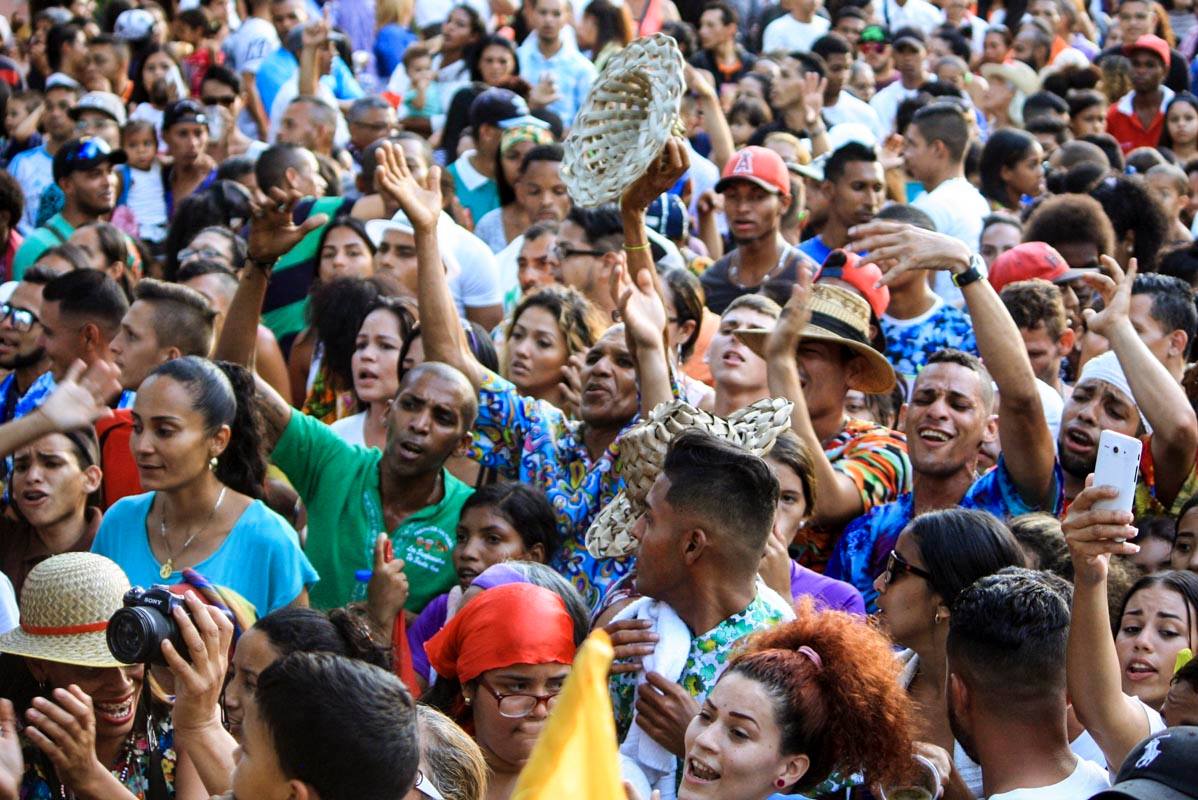

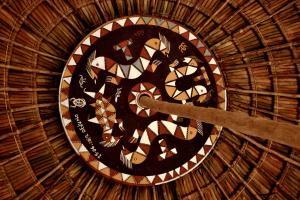
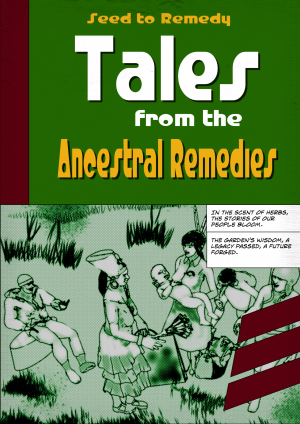
.jpeg)
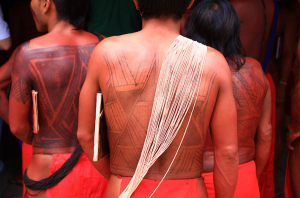
.jpg)
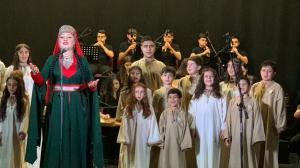
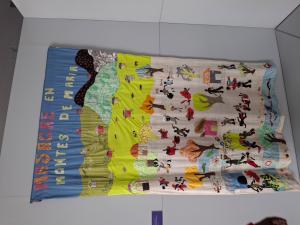

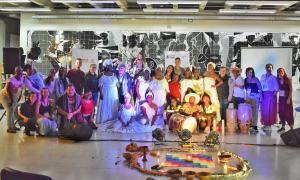
.png)
.jpg)















_(31711258567).jpg)

















